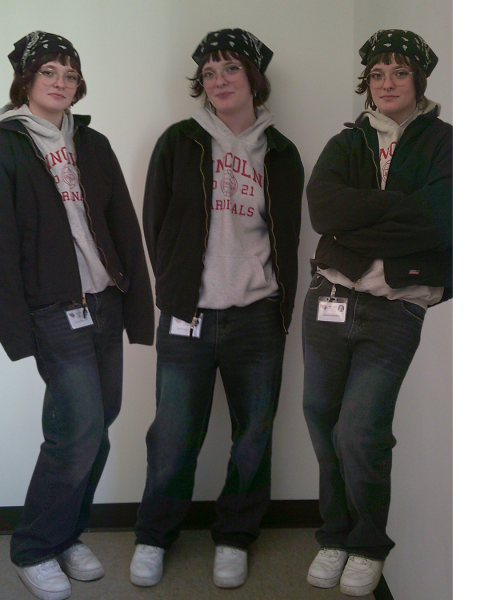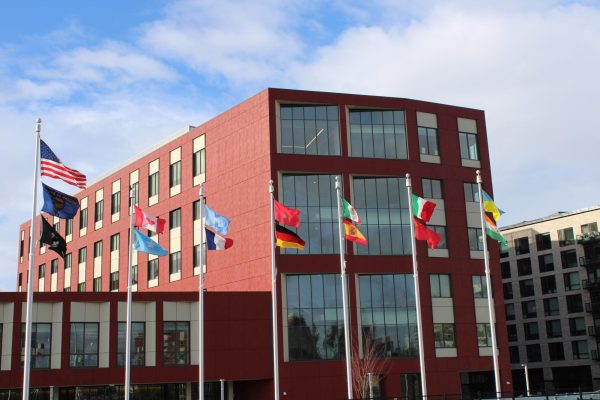The lasting effects of redlining creates a lack of perspective in classrooms
When a classroom lacks a diversity of perspectives, students are surrounded by people who were raised just like them, and it creates a false sense of reality that everyone’s life is like theirs. This shelters students from the real world, as not everyones lives are going to be the same. According to The Century Foundation, attending a diverse school can help reduce racial bias and counter stereotypes because “students become more comfortable with people of other races, which leads to a dramatic decrease in discriminatory attitudes and prejudices.”
Students who attend integrated schools are more likely to seek out integrated settings later in life. The Century Foundation also found in a study, that “students who attend racially diverse high schools are more likely to live in diverse neighborhoods five years after graduation.”
The Federal Housing Administration was created in 1934. Though it has in some ways improved the way Americans own homes, it established a system that has produced the racial segregation that still exists all around us today.
The lasting effects of redlining is one of the biggest reasons schools lack diversity. According to the Boston Fair Housing.org, redlining is “the practice of refusing to back mortgages in neighborhoods based on racial and ethnic composition” rather than credit worthiness.
The Boston Fair Housing.org also states that neighborhoods were separated into four classifications, green, blue, yellow and red. Red neighborhoods were typically where people of color and low income people lived.
Redlining ended with the Fair Housing Act in 1968, but many neighborhoods today still have the lasting effects. Even after the Fair Housing Act, often people of color cannot afford to live in what would be considered a “green” neighborhood, because gender and racial wage gaps still exist today. This is why we still see effects that redling has had in our neighborhoods around Portland.
We can also see the lasting effects of redlining throughout Portland Public Schools. Here at Lincoln High School we have a less diverse student body than at some other high schools. Lincoln is in a section of town with a lot of expensive neighborhoods that are populated by a white majority in part because of inequality in pay and opportunities in the workplace.
The lack of diversity in neighborhoods obviously plays a huge role in whether a school is diverse. This creates the problem of classrooms lacking diverse perspectives. Students in less diverse schools may not be as likely to challenge racial bias and counter stereotypes. The lack of diverse perspectives in schools affects the chance of helping to create equality in future generations.










